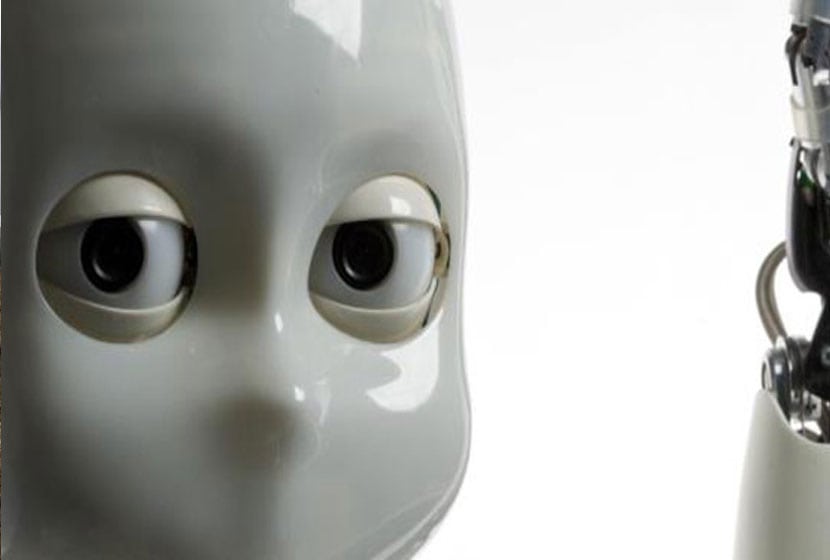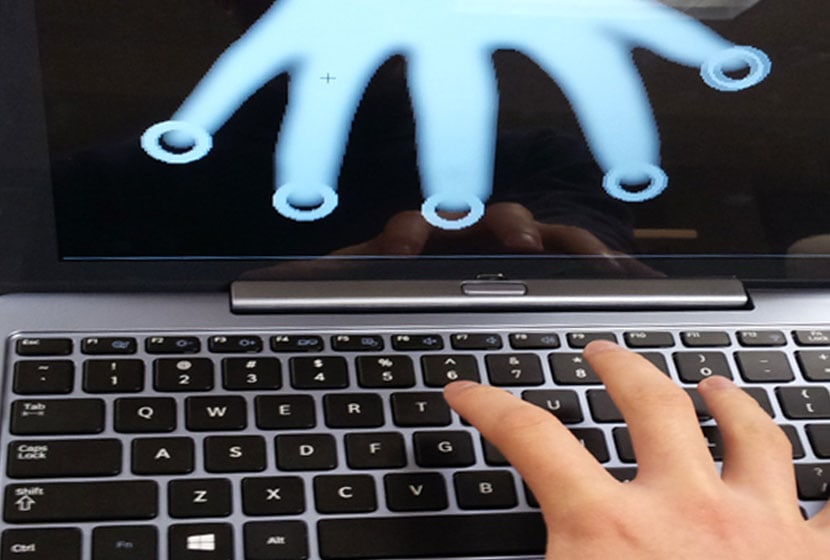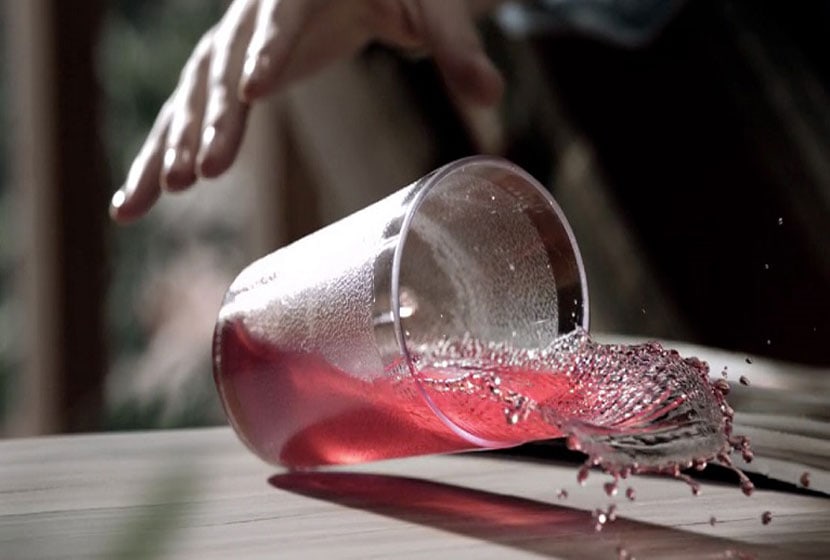Before moving the blue cube, you have to remove the red one," explains Grégoire Pointeau, a PhD student in the research group led by Peter Dominey at the Stem Cell and Brain Institute in Lyon (Inserm). iCub repeats the instruction, moves his hand towards the red cube, closes his fingers on it, then moves it to the left. He then grabs the blue cube and puts it back in place of the red one. "iCub has learned to decipher the meaning of a sentence based on the order in which the words are placed, and his language skills allow him to interact with humans," explains Peter Dominey. Here's an article from Lemonde.fr.
iCub, from the English word cub, which refers to the young of the animals, is a baby robot. With the Nao robot or the Japanese robot HRP-4, it belongs to the latest generation of humanoid robots. Their appearance and gestures are confusing, and when we meet them we spontaneously say hello. In France, the company Aldebaran intends to take advantage of these characteristics to introduce Nao, which it markets, into our daily lives.
iCub, on the other hand, is a lab robot. It has the weight and height of a three-and-a-half year old child and has been designed to mimic the learning process. With its hands equipped with five finely articulated fingers, it can precisely grasp an object or catch it when it is thrown to it. His eyelids open and close as he interacts with humans, and one is quickly tempted to interpret the movements of his head as an expression of doubt or hesitation.
We created this robot to study how the brain works during learning, from language to complex cognitive processes such as following the trajectory of a ball and grasping it," says Giorgio Metta of the Italian Institute of Technology (IIT), where the project was launched. To do this, we developed a robot that can learn by interacting with people. "One of iCub's strengths is that it has sophisticated hands and feet, as well as a head with important expression tools for human-machine interaction," adds Giorgio Metta. Pierre-Yves Oudeyer, of the Institut national de recherche en informatique et en automatique (National Institute for Research in Computer Science and Control) (Inria)...who uses the robot to study artificial curiosity and has just written... To the source of the word. Self-organization and evolution (Ed. Odile Jacob, 300 p.)
8.5 million over five years from the European Union between 2004 and 2010, the creation of iCub is the result of collaboration between eleven European laboratories within the consortium. RobotCub, where disciplines as varied as developmental psychology, neurophysiology and computer science are represented. At the end of its development, iCub has acquired its arms, hands, fingers, and a computer brain allowing it to process information and act based on its previous experiences. He could also grasp an object, see and recognize a voice. It was then made available to six European laboratories selected following a call for tenders, in order to continue this development in various fields.
Language as a tool for cooperation
This is how he arrived in 2009 at Peter Dominey's laboratory, with the project of learning to use language as a tool for cooperation. "When he arrived, iCub was able to assemble an Ikea table by executing the instructions given to it. He was able to anticipate the tasks that needed to be done for these assemblies in the future because he had memorized them. Since then, he has learned to understand the meaning of names and grammatical words, but also to decipher the order of those words in a sentence," says Dominey. In the process, iCub has also learned to locate himself in space by recognizing his right and left. "Because he was shown several situations in which the object is placed on the left, he ended up integrating where the left is," explains Maxime Petit, another PhD student in the lab.
A total of 25 research teams are collaborating in Europe on the development of the robot, which can be purchased for 250,000 euros from the IIT, which is assembling it. Projects include language learning, artificial curiosity or interaction through touch. In the laboratory run by robotician Aude Billard at the Ecole Polytechnique de Genève, the robot's arms have been covered with an artificial skin equipped with sensors that give it sensitivity to touch. The robot learns not to let an object slip out of its hand by using this sensory modality.
Knowledge and Work Exchange
Several projects also concern language. At the University of Plymouth in the UK, iCub learned the meaning of certain words, as part of the European project Italk. The Poeticon ++ project continues this learning by presenting words in a variety of contexts. "The aim is to teach the robot the meaning of the words stir and spoon. The robot must then be able to understand the question "can you stir the coffee with the knife? ", explains Angelo Cangelosi, from the University of Plymouth, coordinator of the project.
If each research team works independently, the iCub project foresees the integration of the work, in order to make the robot evolve. Each time a new software is developed, the researchers make it accessible, following the principle of open source, on the YARP robotics platform. For example, the Lyon-based iCub robot can be asked to think about the movements it has just made thanks to software drawn from YARP and developed at the Plymouth laboratory. On the screen of the computer that controls it, a representation of these movements appears. "The researchers involved in the iCub project are forming a community around this platform that allows them to share their knowledge and their work. This makes iCub a rather unique project," comments Giorgio Metta.
iCub in the school of humans by universcienceTV
Launched in the 2000s with the URBI robotics platform, created by computer scientist Jean-Christophe Baillie, this collaboration marks a turning point in robot design. A robot is as complicated as an airplane, and its design calls on a wide range of trades and skills, from voice recognition to engine control," explains Jean-Christophe Baillie, who has become director of research at Aldebaran. Having a community of people who contribute is an indispensable asset today. »
"These integrative platforms make possible research that was not possible a decade ago. They act as a catalyst between researchers from various disciplines," adds Pierre-Yves Oudeyer, whose team has just launched a new robotics platform for the development of another robot, Poppy, which is more suitable than iCub for learning to walk. "Before, there were a multitude of robots and operating systems and it was more difficult to exchange software. With these platforms, we have standard systems. This speeds up progress," says Tony Belpaeme, a robotician from the University of Plymouth (UK). This standardization also applies to non-humanoid robots, such as the small wheeled modules that are regularly entered in football competitions to test various perceptual and cooperative abilities - and those of their programmers.
"Democratization of Robotics"
"These platforms also contribute to the democratization of robotics. They make it possible for people who are not specialists in robotics to build a robot," notes Frédéric Fol Leymarie of Goldsmiths College London. Some of the software that controls the movements of Paul's arm, an artist robot that was developed in his laboratory, was taken from the YARP platform, while the arm itself was ordered from a Korean company. By integrating software in this way and buying bits of the robot," he says, "you can make your own at low prices, in the range of 100 to 200 euros. »
A fraction of the cost of iCub. If this one is a search robot, Nao is designed to become a commercial product. "Aldebaran's bias is to build a robot that is more a companion than a servant," says Rodolphe Gelin, research director at Aldebaran after spending the first part of his career at the French Atomic Energy Commission on service robots. "Its shape, size (58 cm) and expressions make interaction with people natural. When they pass Nao, their first reaction is to wave and say hello. »
Collaboration between European and American research laboratories
Since the creation of Aldebaran in 2005, about 3,500 copies of Nao have been sold worldwide, mainly to researchers and teachers. At a price of 12,000 euros, it comes with a set of programs to download. The choice is thus made to equip it with the ability to speak, dance, listen or even walk. "It is an open architecture, which gives people the freedom to program what they want in the robot or to use our programs. This differs from open source in that some of the software in the robot, such as the software that controls the walking, is protected by patents. But, if you are an expert in walking and our program doesn't suit you, you can make another one to replace it," continues Rodolphe Gelin.
By giving the possibility to modify its programs, Aldebaran counts on the community created around Nao to improve them. The company thus collaborates with European and American research laboratories to develop programs that will eventually enable it to conquer market niches. The ALIZ-E project to assist diabetic and autistic children is part of this logic. "It is by going towards populations with a simple need that we will first encounter a first market. Afterwards, we'll go to markets for the general public," explains Rodolphe Gelin.
"Numerous scientific, technological, societal and ethical challenges"...
Although they may change our relationship with animated machines, today's humanoid robots are still far from the robots whose science fiction has nourished our imagination. "There is a discrepancy between the reality of robots and the way they are perceived," says Denis Vidal, an anthropologist at the Institute for Research and Development. "Science fiction has anchored the idea, in the collective imagination, that something incredible will happen when robots become autonomous. It's a widespread representation at all levels of society, including the roboticists themselves," he says.
"You can't imagine a technology in its ivory tower thinking it's going to solve everything. You first have to reach out to people to understand their needs," emphasizes Pierre-Yves Oudeyer. "There are still many scientific, technological, societal and ethical obstacles before we can envisage that robots can really interact with humans in daily life. But we can envisage specific applications such as helping elderly people to get around by means of motorized carts that can adapt to their walking pace," he concludes.
(Article published by ©Catherine Mary, lemonde.fr - Sept. 3, 2013)
{module[348]}












